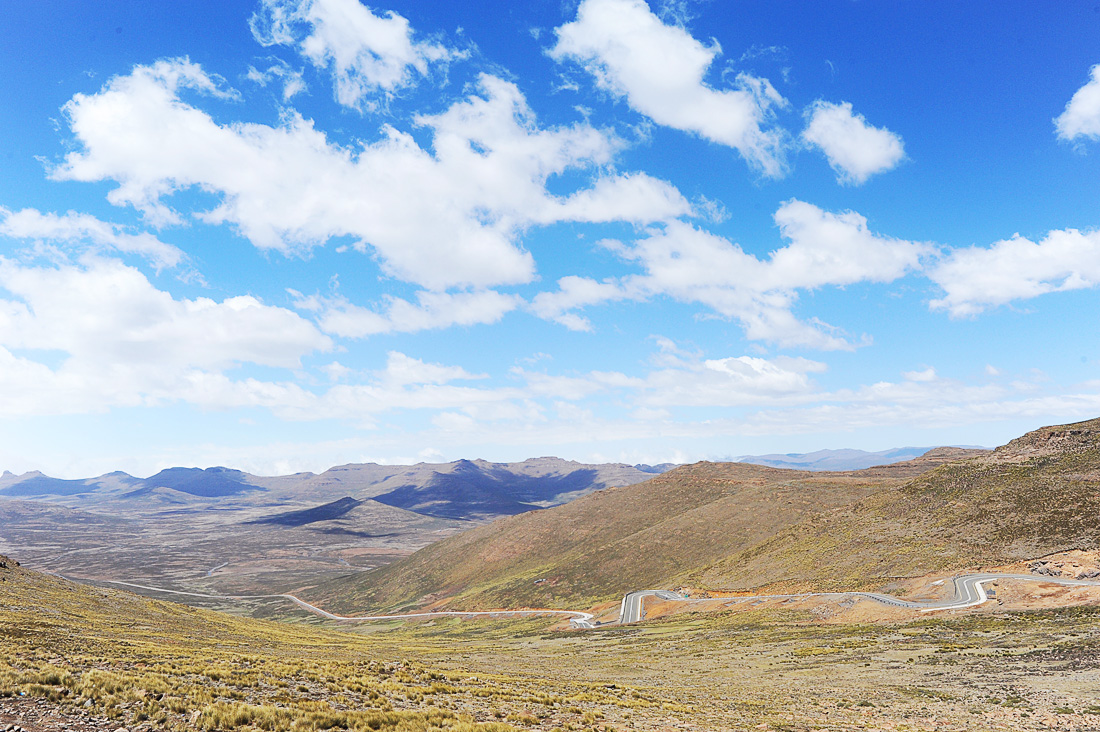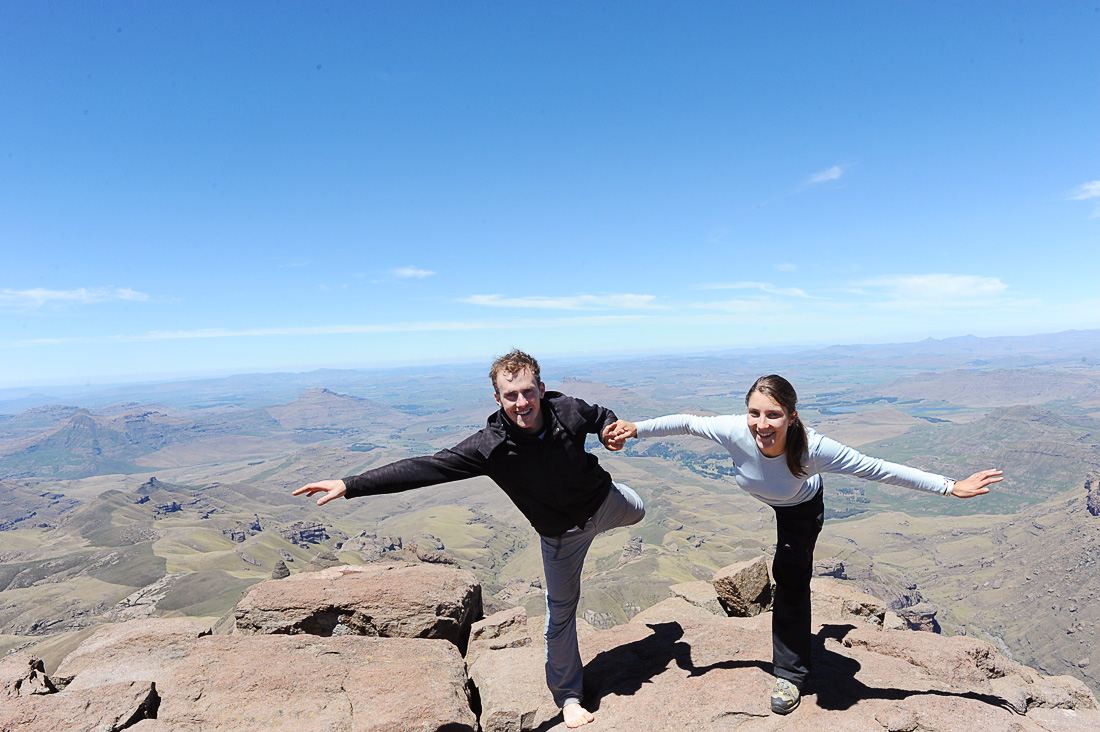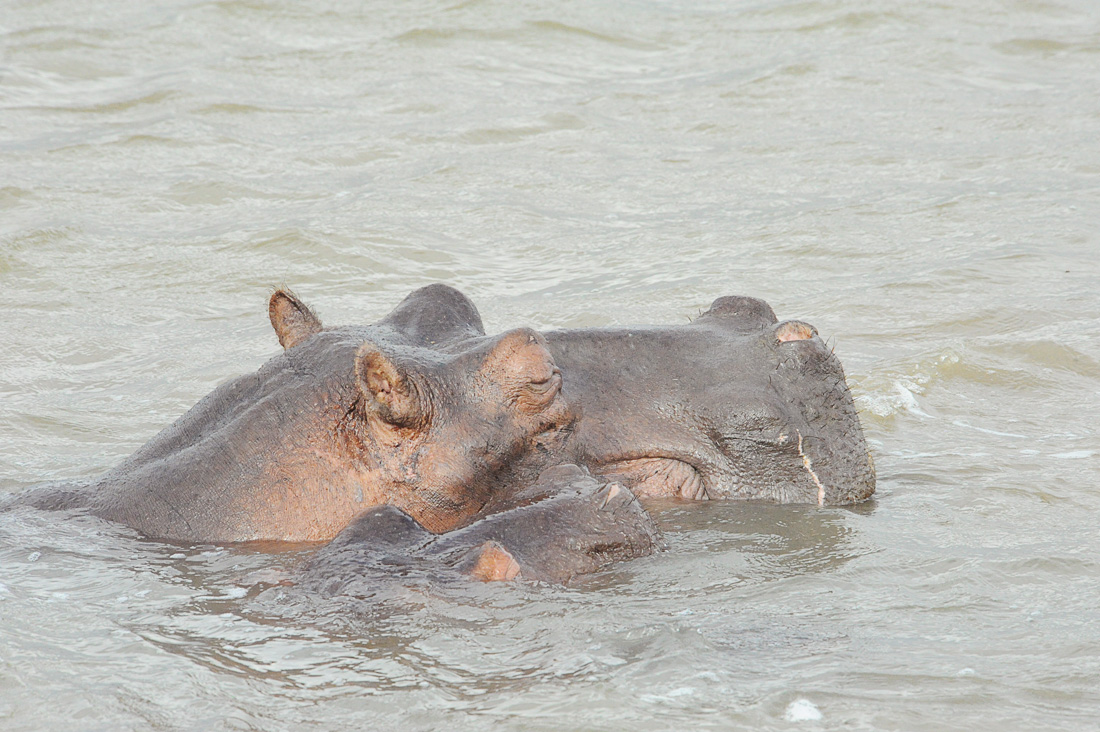KwaZulu-Natal
KwaZulu-Natal province is known for being one of the wildest in South Africa. Zulu tribe is very individual. But first maybe some words about South Africa and its cultural diversity. South Africa has more than 20 different tribes and 11 official languages. The most used language is Zulu. It is followed by language Xhosa, which is a tribe that live in Eastern Cape and on the third place is Afrikaans. Afrikaans is an artificial language, created by white immigrants and is a mixture of Dutch and local languages.
English is not an official language, but is the fourth most spoken in South Africa. How did this happen? In colonial times South Africa was an English colony and that is how English ended up in this part of the world. English is the language of science and economy in South Africa. Despite not being an official language, it is spoken by businessmen, politicians and scientists. This is great for travellers since there’s no language barriers but sad for the locals as English is supplanting tribe languages.
Drakensberg
Let’s return to the province KwaZulu-Natal, which is very diverse. We entered it from
Lesotho over the mountain pass Sani Pass, one of the highest passes in the mountain range Drakensberg. The road in Sani Pass is one of the most beautiful mountain roads and is a must for everyone who loves off-road driving. Sani Pass lies 2800 metres above the sea and the road descends to the valley, which lies 1600 metres above the sea. On the road, you can admire wonderful views on the surrounding mountains. We wouldn’t know that as the weather wasn’t the best while we were driving. It was sunny and warm on the top, but when we started descending, it was foggy and rainy. We barely saw the road and we couldn’t even dream about seeing the beautiful views. The macadam road was also completely wet, you had to even cross a stream, which ran across the road and the breaks started to squeal... We were happy to come to the valley safe and healthy.
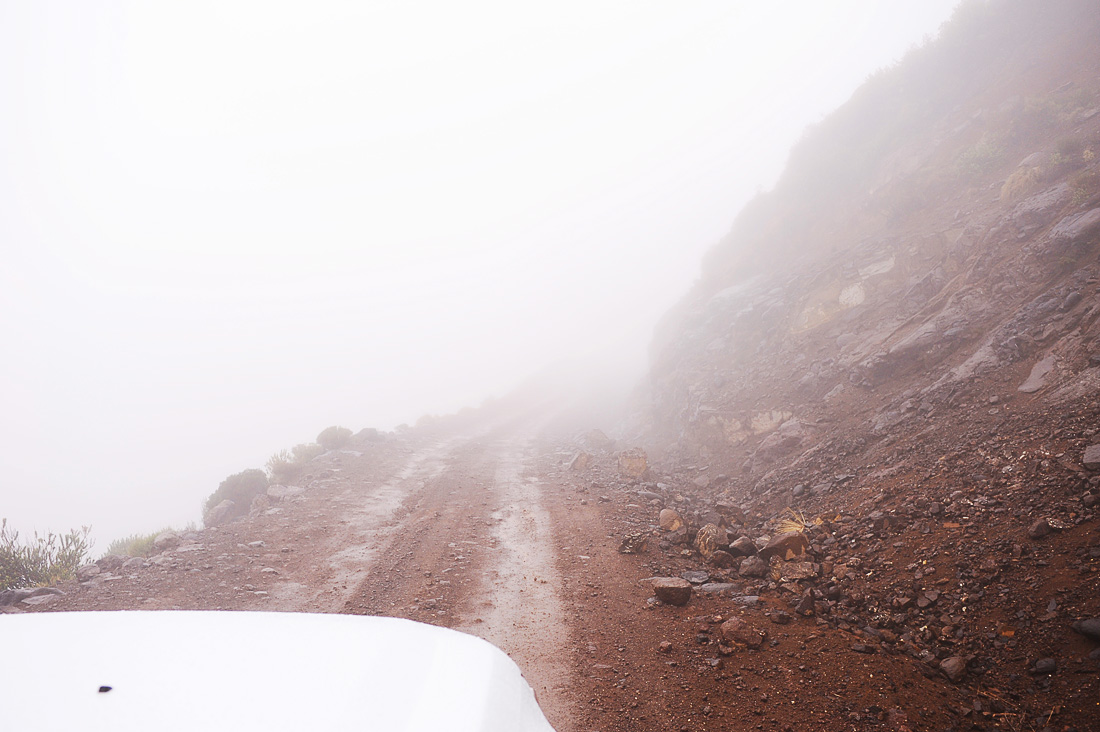
Because we love mountains, we decided to climb on the most imposing mountain in Drakensberg – to Rhino Horn Peak. It was waiting for us the next day. A climb on 3050 metres high Rhino Horn. The guides say that it is takes 6 hours to beat 1050 metres of altitude. We can do it, we said to each other and started walking. The path isn’t dangerous but it drags. I wanted to quit several times but Rok insisted and encouraged me: “Just a little further and then we go back.” And this is how we arrived at the top of the mountain. It was definitely worth it. What a view, you could see the Indian Ocean.
Fresh and salty lake St. Lucia
The Indian Ocean coast was our next stop. St. Lucia city is known after a little unusual inhabitants – hippos. Yes, at night the hippos, which live in the closer estuary, start walking around the city. Estuary St. Lucia is a very interesting ecosystem where the fresh water, which comes from seven different rivers and salt water from the ocean mix. Crocodiles, hippos and sharks all live in the estuary. One of the locals made a joke that if one animal doesn’t eat you, the other one will. It truly isn’t a place to go swimming. But you can go on a boat safari where you drive in the estuary with a guide and search for hippos, crocodiles, birds and watch the mangroves. Hippos were the most interesting to us so here are some information about them:
- Hippos can’t swim. When you see them in the water, they are standing in the river. When they want to cross the river, they walk on the bottom of the river. They take a breath and walk under the water to go to the other side.
- Their skin is really sensitive to sun rays so they mostly hide in the water. They come out at night and graze close to their rivers.
- They’re very territorial even on land. If a person comes too close to their personal space, which is about 50 metres, the hippo will feel threatened and will attack. It looks really clumsy, but it can run fast – about 30km/h and doesn’t tire easily. There’s no chance that a man could escape it. You can only save yourself by climbing on a tree. If it catches you, nothing good will come. This animal has huge teeth (60cm long). It’s a herbivore so it won’t eat you but it will leave you to his “friend”, the crocodile, to do its job.
Safari park Hluhluwe-Imfolozi
Not far from St. Lucia is safari park Hluhluwe-Imfolozi, which is a complete opposite of the park Kgalagadi, our first park that we visited. Park Hluhluwe-Imfolozi is smaller and you can drive through it in a day. There are more tourists but still not too many and it has a different landscape. The vegetation is tropical, there’s more water and the river was still running despite the drought season. There was also a lot of greenery and it was very humid. The conditions were perfect to see the animals we didn’t have a chance to see in dry Kgalagadi. The animals were showing themselves and we didn’t have to search for them. Right after entering the park we saw elephants, desert warthogs and beautiful zebras. We also quietly wished to see a rhino, but we know how little of them are left so we didn’t expect anything. But there are a lot of rhinos in the park Hluhluwe-Imfolozi. We were so excited to see the first one and the second one... after the tenth one we said: “Oh, another rhino, nothing special, keep driving.”
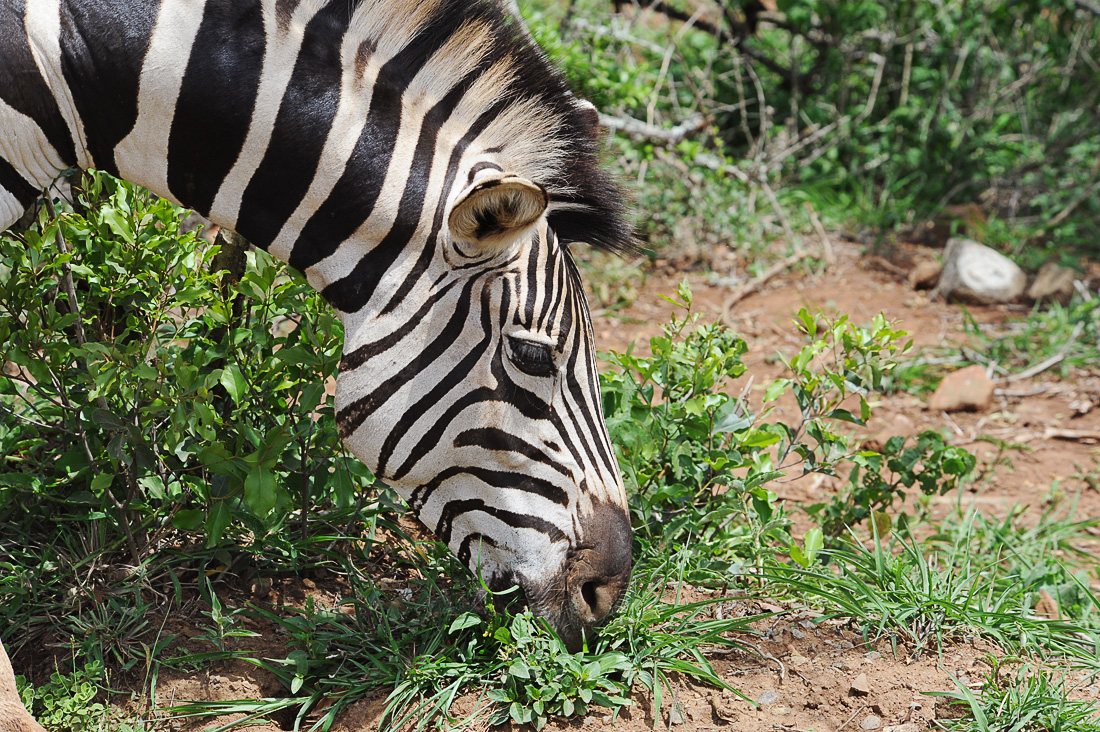
Holidays on Mabibi Beach
After we saw all the animals, we went on holidays. Our trips are often so packed because we want to see everything so we take a break on the trips. We chose Mabibi Beach to rest. It’s a completely remote place, which is only accessible by terrain vehicle. The last 30 kilometres of the road runs through dunes. Here we were also without electricity or phone signal. Vervet monkeys kept us company and on the beach we were chased by crabs. We also heard that snakes are very common in this part of the country but we didn’t see any.
When we had a rest, we continued on our adventure. This time to another small country –
Swaziland.
